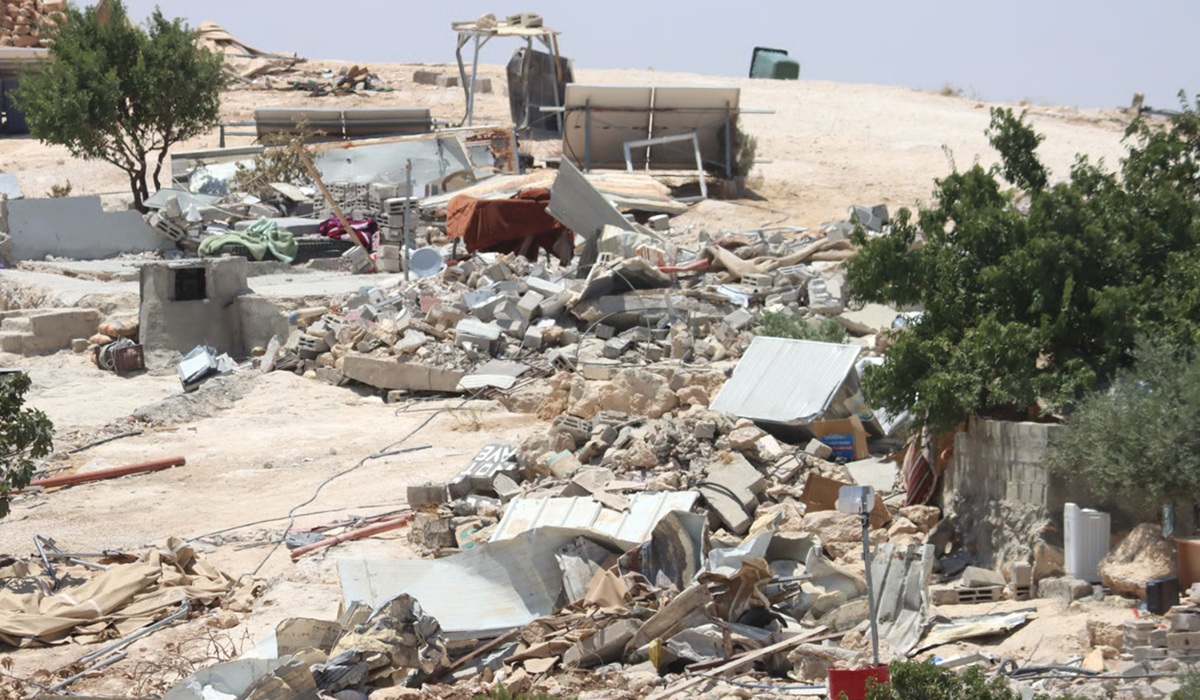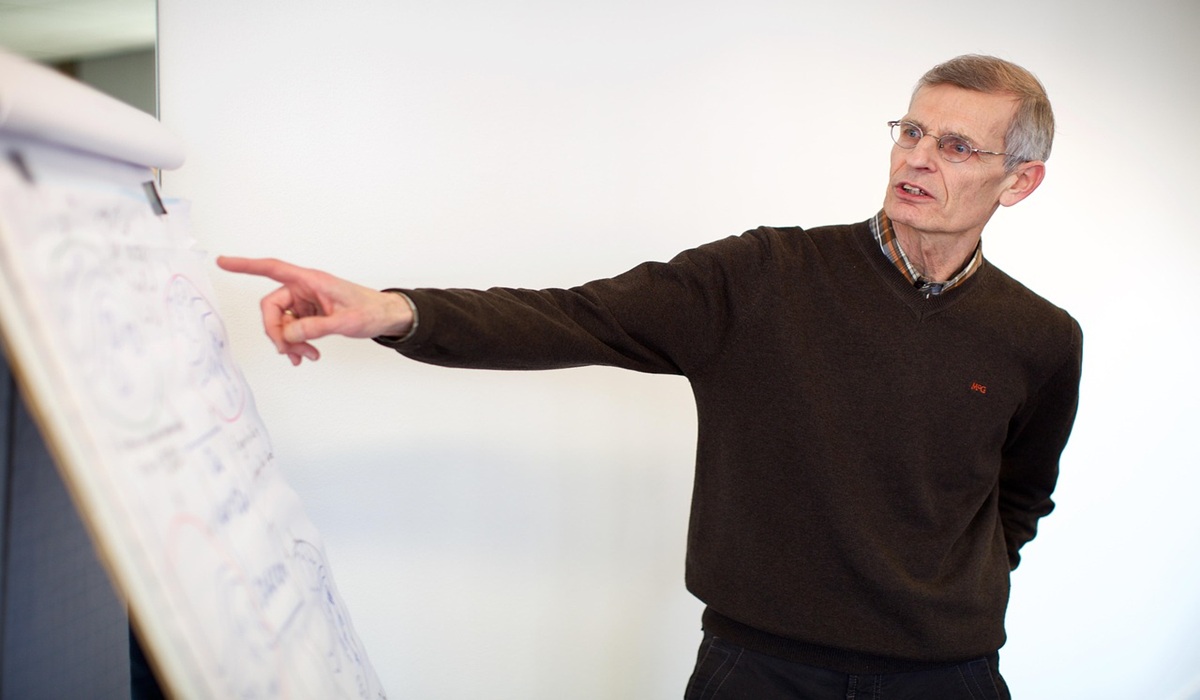West Bank Demolitions Surge as Israel Accelerates Annexation Agenda
- TDS News
- Middle East
- Trending News
- October 1, 2025

By: Donovan Martin Sr, Editor in Chief
Image Credit: NRC
In less than nine months of 2025, Israel has demolished more Palestinian homes and structures across the occupied West Bank, including East Jerusalem, than it did in the whole of 2024. The Norwegian Refugee Council (NRC) has warned that the demolitions are not only intensifying but also aligning with what appears to be a broader annexation agenda.
By September 30, Israeli authorities had destroyed 1,288 Palestinian structures over claims of lacking building permits, averaging nearly five demolitions a day. This total includes 138 structures funded by international aid and marks a 39 percent increase compared to the same period last year, when 929 buildings were torn down. In 2024, the year-long figure stood at 1,281. The demolitions this year have displaced 1,414 Palestinians and affected almost 38,000 more by depriving them of homes, farmland, water systems, and other essential infrastructure.
“Families are being stripped of homes, water and livelihoods in a calculated effort to drive them from their land and make way for settlements,” said Angelita Caredda, NRC’s Regional Director for the Middle East and North Africa. “This is not accidental destruction. It is a deliberate policy of dispossession.”
At the heart of the crisis is Israel’s restrictive planning system in Area C, which comprises more than 60 percent of the West Bank and remains under full Israeli control nearly three decades after the Oslo II agreement promised its transfer to Palestinian jurisdiction. Palestinians must apply for building permits in Area C, yet approvals are virtually nonexistent. Since October 2023, 282 applications have been submitted. Not one has been approved. Between 2016 and 2021, Palestinians filed 2,550 such requests, and only 24 were granted.
The restrictions leave Palestinian families with little choice but to build without permits, exposing them to the ever-present threat of demolition. The destruction of homes and infrastructure has become not just a consequence of the system but an integral part of it.
Israel has also continued the controversial practice of punitive demolitions, tearing down the homes of Palestinians accused of attacks against Israelis. So far in 2025, 37 punitive demolitions have been carried out, matching the record set in 2023. Entire families have been rendered homeless, a form of collective punishment that international law explicitly prohibits.
Beyond official demolition statistics, Israeli military operations in northern West Bank refugee camps have caused devastation on a different scale. In Jenin, Nur Shams, and Tulkarm camps, satellite imagery reviewed by the United Nations shows at least 245 buildings destroyed, 157 severely damaged, and more than 750 moderately damaged. The UN estimates that nearly 32,000 refugees have been displaced from these camps, though the actual number is believed to be higher, given restricted humanitarian access.
These demolitions and military operations have escalated in the shadow of international rulings and resolutions. In July 2024, the International Court of Justice (ICJ) issued an advisory opinion declaring Israel’s continued presence in the occupied Palestinian territory unlawful, calling for its rapid end. Two months later, the UN General Assembly passed a resolution demanding Israel withdraw within 12 months and urging states not to recognize any annexation or contribute to violations. That deadline has now expired. Instead of retreating, Israel has tightened its grip.
“Instead of ending its occupation, Israel is entrenching it and accelerating its annexation agenda,” Caredda said. “Over 150 states have recognised Palestine, yet the land that state needs to survive is disappearing. Governments must urgently act to protect Palestinians from the relentless erosion of their rights.”
The figures illustrate the scale of destruction. Between January and September 2025 alone, Israeli authorities destroyed 1,384 Palestinian structures overall, compared to 1,768 for the entirety of 2024. The numbers, already alarming, do not fully capture the human toll: families stripped of shelter, children uprooted from communities, and thousands left without access to basic water and sanitation systems.
For Palestinians in Area C, the situation remains a daily struggle not only for land but also for existence. International aid organizations continue to provide support, but even donor-funded projects—water cisterns, solar panels, classrooms—have been subject to demolition. This policy of tearing down humanitarian infrastructure highlights the degree to which life itself is being systematically constrained.
Nearly three decades after Oslo II, which envisioned a gradual transfer of Area C to Palestinian control within 18 months, Israel has not relinquished authority. Instead, the pattern of demolitions, settlement expansion, and military incursions suggests a deepening hold. As global attention shifts from one crisis to another, the slow but relentless transformation of the West Bank has become a defining feature of the conflict.
For the Palestinian families left homeless, the numbers and political arguments are less abstract. They are reminders that each demolished structure represents more than a statistic—it represents the loss of a home, a livelihood, and a future. The displacement, affecting tens of thousands, is part of what human rights groups warn is a strategy not of temporary control but of permanent annexation.








